ScuzzBlog: Diaries October 2021
Entry 2nd October 2021: Post 1: Commodore DOS
Commodore DOS
Don't quote me on any of this. Just how I remember things.
Whilst Chuck Peddle worked on his beloved PET he managed to convince
Jack Tramiel that because, in his view, only a dual disc drive would
be viable, they would fit a cassette drive to the PET. In the mean
time Steve Wozniak had worked tirelessly day and night to create the
Disk ][ controller single drive on the Apple. When Jack Tramiel found
out that Apple had released DOS for the single drive he was less
than pleased with Chuck. Consequently Commodore had to very quickly
come up with a solution. The answer was to create a floppy drive that
in essence was a network drive and a computer in its own right. It
follows that Commodore DOS or CBM DOS does not reside on the computer
but on the actual drive supported by its own processor. Quite bonkers.
So there is no DOS on Commodore 8 bit computers. It's on the drive.
And they did love their drives. They made dozens of them. For a while
there seemed to be an endless stream of the things. I know, cus I
spent ages and a small fortune building up a collection of CBM floppy
drives. And they are not small and quite heavy, clunky and noisy.
OK to explain the facts about DOS on the Commodore I will quote
the descriptive from the 1570/71 manual.....
The Disk Operating System (DOS) is the software that provides an
interface between the host computer and the drive's internal mass
storage devices and diskettes. The DOS keeps track of the file
management details necessary to create, modify, and delete files.
It also monitors the amount of free space on a diskette, keeps
track of the file names in a directory, and remembers where each
is so that files won't overlap.
Commodore DOS ( description for 1571 but generally applies to all )
The 1571 is an 'intelligent' device. That means it contains its
own CPU and ROM which allows it to function, in part, without the
aid of the host CPU. Despite that , the 1571, is considered a
'slave' device, existing primarily to perform tasks requested by
the host.
The ROM software in the 1571 can be broken down into two major
components - the DOS and the Controller.
The C64 computer and the C128 computer in C64 mode contain no DOS
of their own. All of the DOS software is in the drive itself. That
is also the case with the C128 in C128 mode.
Generally all DOS actions involve opening a channel and inserting
something for example say .. PRINT#1,"NEW0:name,id". The C128 is
somewhat friendlier in it's usage with HEADER "name,id",D0. On the
C128 the computer automatically opens the channel.
Each time you use a disk drive on these machines a network connection
is formed linking the computer to what is in essence another computer.
Many of these drives were slow and soon third party ROMs and add
on cards were produced to upgrade the actual disk drives and speed
up the functions adding extra commands. JiffyDOS and DolphinDOS
were released to compliment these drives. Whilst GEOS, which also
had a chip that could be installed, helped with the graphical user
interface that provided also many functions associated with file
and disk management.
Many have seen the 'issue' regarding the way Commodore dealt with
the control of the floppy diskette as a blessing as it made the
disk drives and ultimately the computer more powerful.
In respect of that OS aspect of the early computers, Commodore
allowed for direct commands to be entered whilst running BASIC,
that allowed for instruction to be given to interact with hardware
and the like. This was very much similar to many computers of the
day. In essence a command entered without a line number would carry
out the function as a one off and initiate processes such as saving,
loading and printing.
The 8 bit era of computers, that for a while overlapped the more
GUI style machines, would persist with the BASIC/DOS processes
interwoven with say a third party OS support as in CP/M, providing
a machine that was very much a command line interface and little
more. DOS instructions were special commands that the drives
understood and the initiation was both time consuming and messy.
And yet within the same house at Commodore there was a wholly
different view of DOS in the way it managed a computer and that
was with AmigaDOS. Soon most disk drive activity would be auto
booting and actioned from simple menu commands. It is interesting
to speculate how 8 bit engineers felt about the guys developing
the Amiga. It certainly must have felt a little daunting seeing a
C128 struggling with DOS on an external large floppy drive, when
the A500 just booted automatically to a 3.5" disk and appeared
like magic as an icon on the screen. I know Commodore had plans to
develop a 3.5" drive integrated into the computer but in truth the
whole evolution of the platform had long since come to an end.
Commodore certainly made an art out of floppy drive creation, but
it was truly an over elaborate process that eventually would be
lost at the demise of the 8 bit era. This is why I so love the
Amstrad 6128. It was able to achieve the same as a C128 but with
a form factor a fraction of the size. Just saying, that had the
floppy been considered an integral aspect of the computer much
sooner we may have had the C65 as a reality and not simply as a
prototype.
Commodore DOS





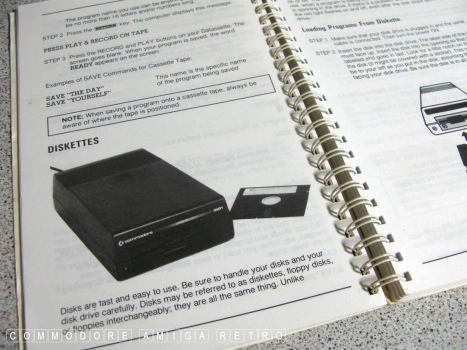
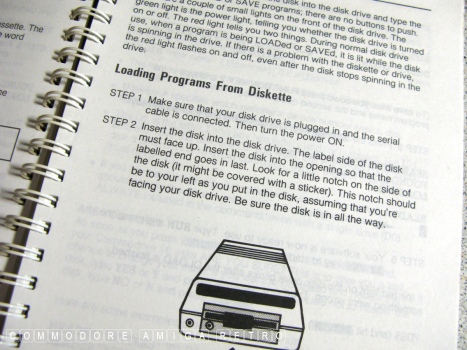




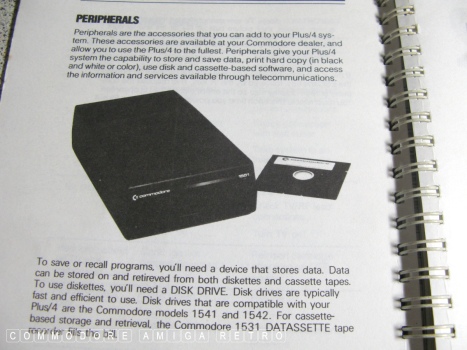



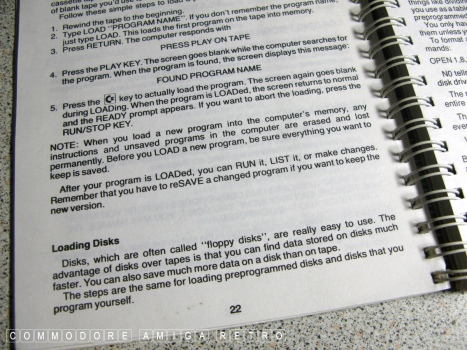





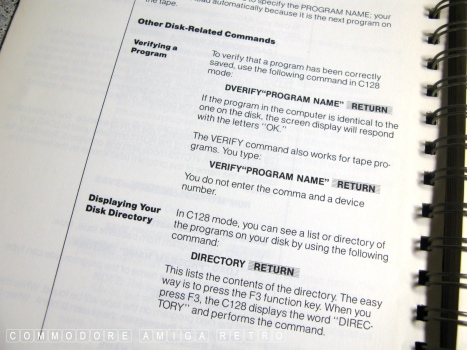

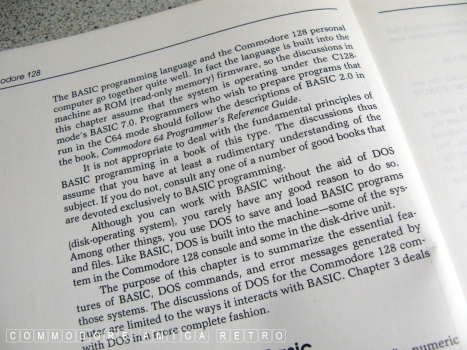
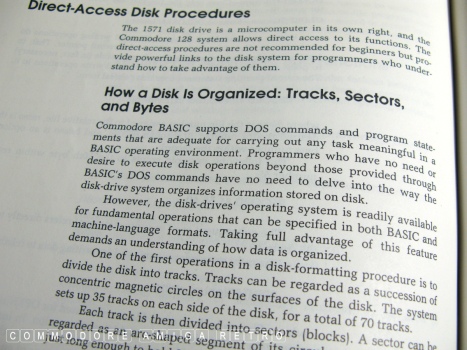


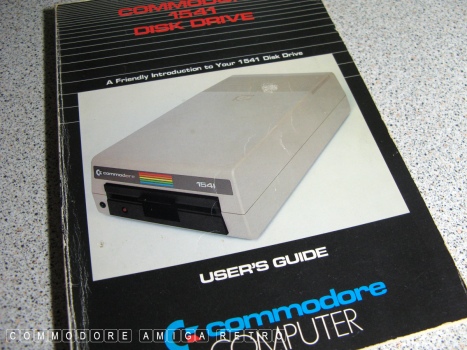





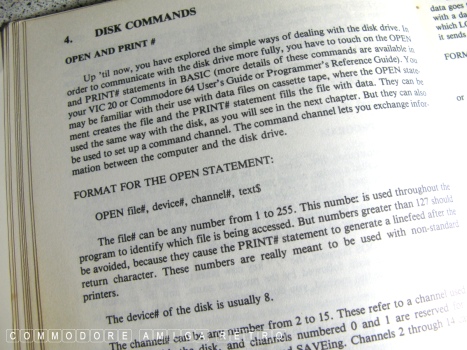

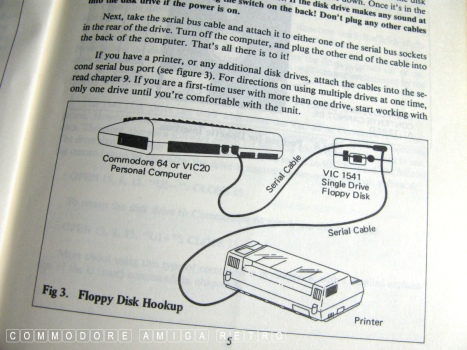

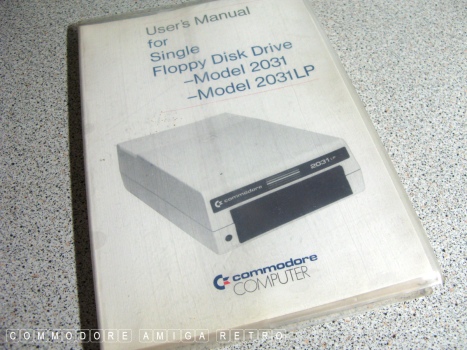

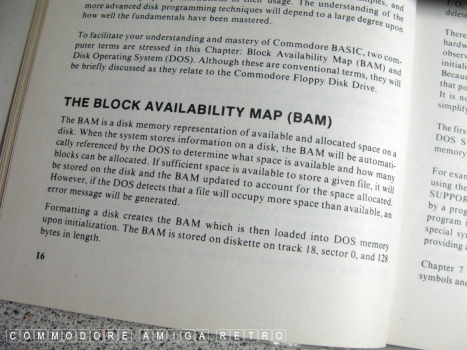







|


![]()


![]()